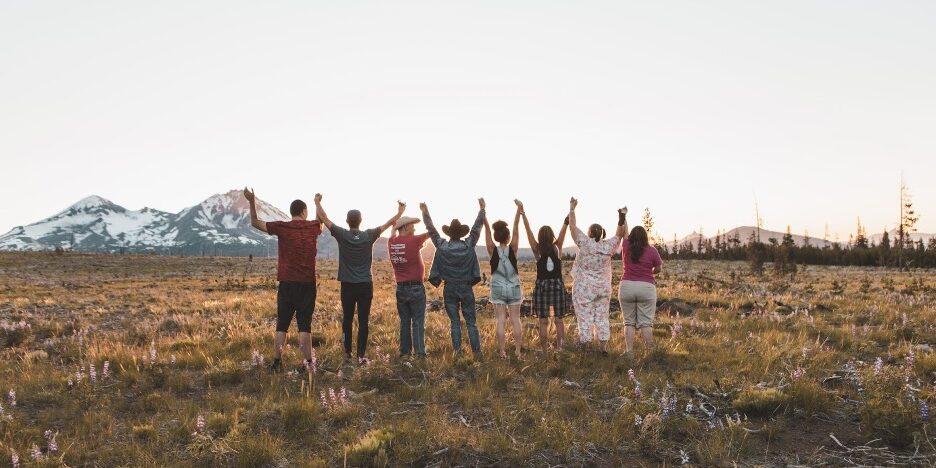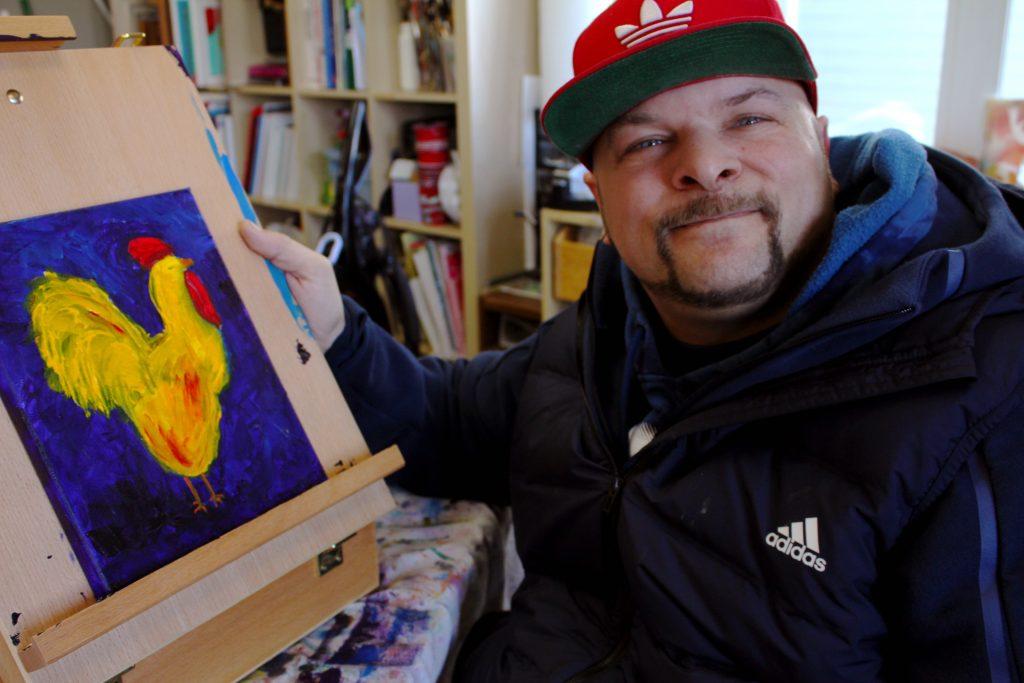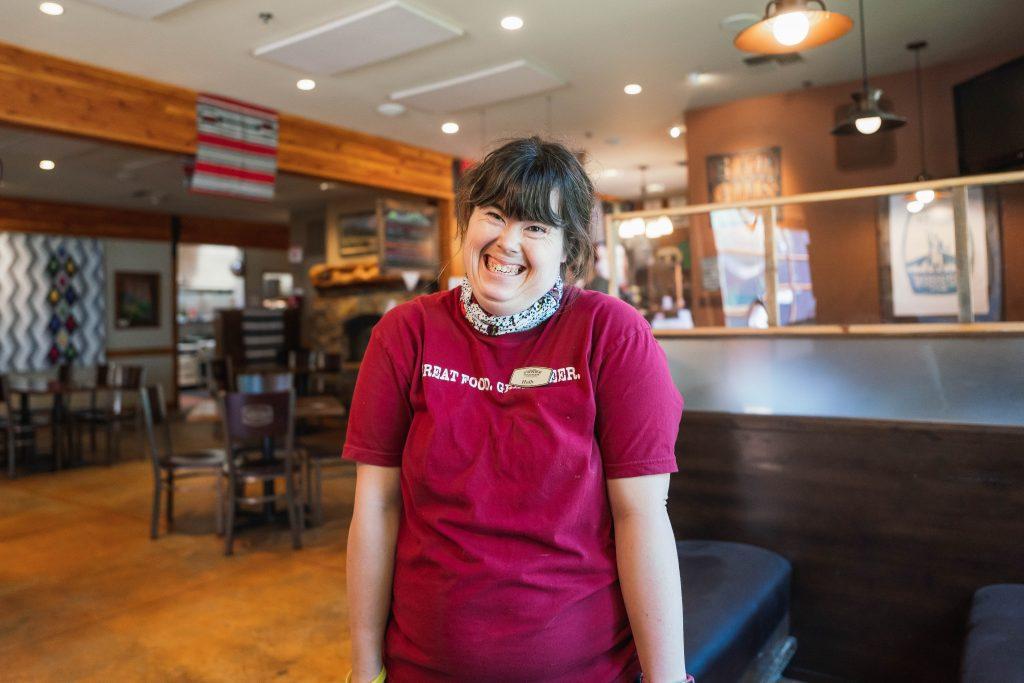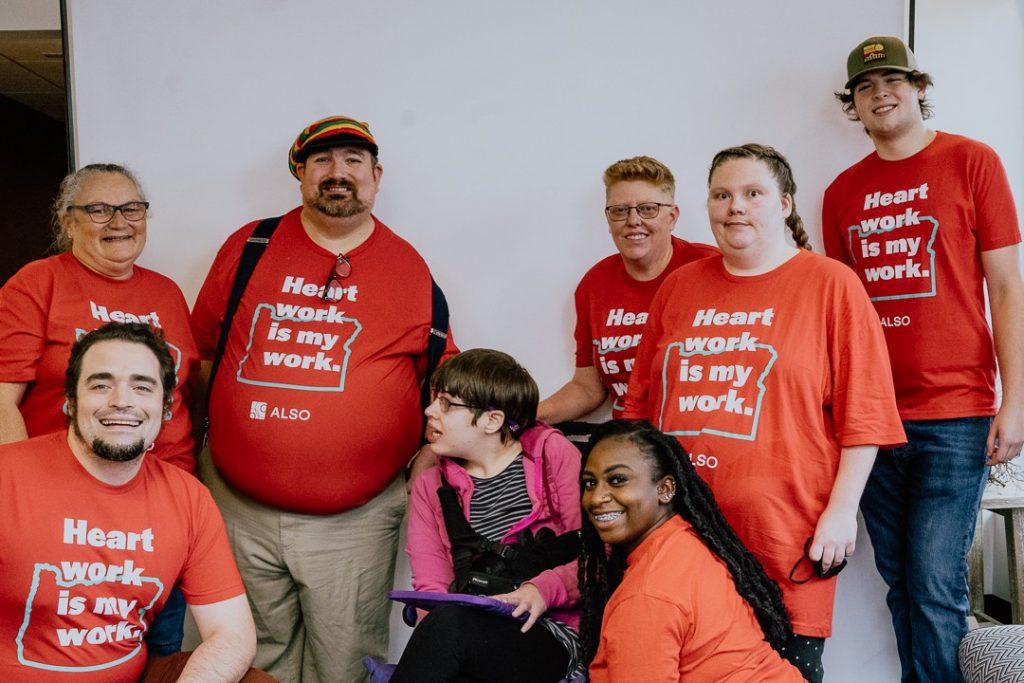Explore the ALSO Children’s Homes Wishlist and help fill the season with joy for the children supported by ALSO.
Explore the ALSO Children’s Homes Wishlist and help fill the season with joy for the children supported by ALSO.

Are you living with a disability?
Are you someone who advocates for equal opportunity and full disability inclusion in our schools, public services, workplaces, and communities?
If you answered ‘yes’ to either of these questions, you’ve probably seen how difficult it can be to overcome the many negative attitudes and barriers that people with disabilities face on a regular basis. In this blog, the team at ALSO describes social barriers that make it difficult for people with disabilities to experience full community inclusion in everyday life. More importantly, we’re here to share 5 great solutions that improve social attitudes and make our communities more vibrant, diverse, and simply a better place to live for everyone.

In a broad sense, social barriers concern the conditions in which individuals are born, grow, learn, work, and age. These are essentially the social determinants of health and well-being. Often, people with disabilities experience a lack of equal access to these life-long benefits.
Social barriers often include and go beyond the physical barriers that interfere with mobility throughout the community. It’s likely that we have seen accommodations for individuals with physical disabilities, such as grab bars and wheelchair ramps. It’s good news that we are seeing more of these types of accommodations.
Still, we need to remember that many disabilities don’t affect physical ability and are not visible to the naked eye, such as:
Let’s expand our perspective with some examples of social barriers that interfere with an individual’s ability to achieve full community inclusion:
Attitudinal barriers are rooted in long-outdated misconceptions about persons with disabilities. They are stereotyped as unable to maintain employment, learn new skills, or perform the most basic tasks. This creates a stigma that persons with disabilities are inferior and unable to make positive contributions to their community.
For example, it might be assumed that someone with physical impairments is less intelligent than their peers without impairments. Another misconception is that individuals with cognitive impairments are unable to learn new tasks.
Students with disabilities may have difficulty achieving academic proficiency in a standard classroom due to a lack of accommodations. This significantly impacts high school graduation rates, which are much lower than their peers without disabilities.
Educational barriers lead directly to challenges in obtaining competitive employment opportunities. Often, these barriers consign community members with disabilities to a lifetime of low-wage, subsistence-level employment.
Without assistive technology such as sound traffic signals, closed-captioning, video subtitles, and screen readers, those with hearing and visual impairments are much less independent.

Fortunately, there are several ways to break down the many barriers that interfere with the rights of people with disabilities in enjoying full social inclusion within their community.
Speak up! Write to your lawmakers and inform them of policy barriers that interfere with equal access to education, employment, living conditions, and social activities.
Advocacy doesn’t have to mean getting politically involved. If you or your loved one is having trouble completing a work task, or a homework assignment, it’s totally within your rights to ask for a reasonable accommodation.
Society is slowly coming to understand that disability is not a personal deficit, but an opportunity to learn and create a more diverse society in which everyone thrives. This includes in the workplace, school, and in the social environment.
LEARN MORE: How social events can be more accommodating for people with disabilities.
We’re all the same in that we sometimes need help from a service delivery provider, friend, or family member, to get our needs met. Examples are one-on-one training to improve study skills, or access to assistive devices that help to overcome transportation barriers.
It’s all-too-easy to be dragged down by limitations rather than abilities and strengths. At ALSO, we have extensive experience of helping those we support in recognizing the contributions that they can make to their community. The act of celebrating strengths and successes encourages us to make improvements where we need to.
Finally, nurturing self-confidence creates a sense of self-assurance and control over our lives. We learn to accept the consequences of our mistakes and move forward with the knowledge that those past mistakes don’t need to define our future.

At ALSO, we support people with intellectual and developmental disabilities in reaching their highest potential in the least restrictive environment. Our network of services builds strong, diverse, and inclusive communities throughout Oregon.
Learn more about us and/or register for a free tour today!

Sign up for our newsletter to get our latest news, content, and job opportunities.
Help us ensure that everyone has the same opportunities in their home, workplace and community. Let’s make dreams!
